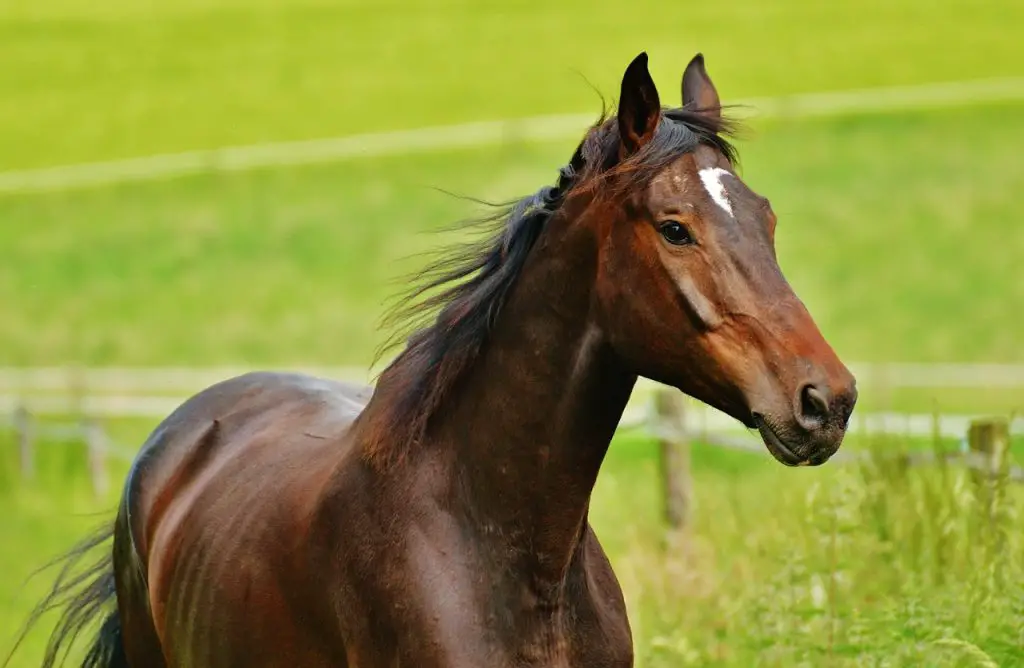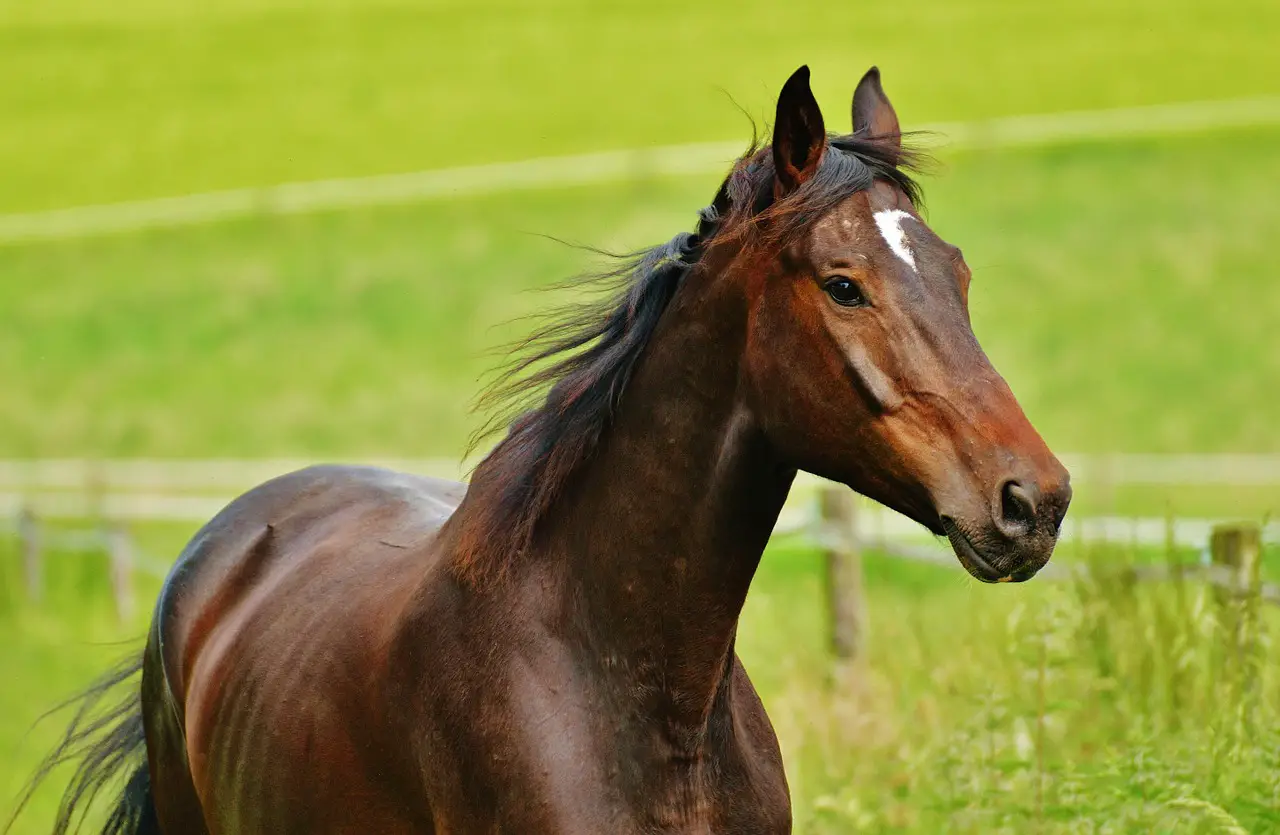Last Updated on March 15, 2022 by Allison Price
The British Equine Veterinary Association conducted a survey with the BHS and reported 284 cases in 2002 of horses suffering from liver failure due to ragwort poisoning.
However, this is probably an underestimate of the true number of horses and ponies that have died from ragwort poisoning. Not all horses or ponies are reported to vets. It is likely that there are many more horses who have suffered an agonizing death.
The main findings of a 2014 BHS survey on ragwort control were:
- 20% of respondents had personally heard of horses that were suspected or confirmed to have been poisoned by ragwort poisoning.
- 93% of respondents said they take preventative steps to reduce the risk from ragwort on land they rent, own or manage.
- 55% of respondents said they didn’t take any action after seeing ragwort on their land. The main reasons were that they didn’t know where to go or who to contact.
- 75% of respondents did not seek advice from organizations about ragwort.
- 84% of respondents said they had seen ragwort on horse-use land in the seven days preceding their completion of the survey.
- Between 97 and 99 percent of respondents felt that more activity was needed to improve knowledge and enforce ragwort control regulations.

It is best to burn the plant when it is still in bloom. Ragwort is rich in pyrrolizidine, which can survive drying. They are active in straw and hay. Horses should avoid mature plants as they aren’t very palatable. Dry plants are much more digestible.
The liver metabolises the alkaloids to toxic pyrrole derivatives. These inhibit cell division and cause liver shrinkage. There is no treatment. It takes very little to cause serious damage. Euthanasia is often the best and most humane option.
It can be difficult to distinguish in hay. It may resemble other plants with thick fibrous stems and can be difficult to identify in hay or other drier food sources. The leaves are very dissected and have ragged edges. When the plant is present, you can clearly see the large yellow flat-topped flower head. You might be wise to take a plant and dry it now so you can identify the parts in hay if it is still alive.
Clinical symptoms
Ragwort poisoning can be a sign of chronic liver disease, but acute liver disease may also occur.
- Colic for abdominal pain
- Constipation, diarrhoea and straining.
- In-coordination.
- Photosensitization of skin
- Yawning.
- Press your head.
- Apparent blindness.
- Collapse, coma, death.
- Jaundice is not an uncommon condition.
Keep in mind, however, that horses, donkeys and ponies can become enthralled by fresh plants, leading to an unpleasant death.
Once liver failure has occurred, treatment is very difficult. Supportive therapies are needed to help the liver regenerate. The liver is usually too damaged to allow this to happen, but some horses can survive.
Prevention
Hay prices are higher than ever so it is possible to feel pressured to buy hay from pastures where ragwort has grown. It can be difficult to distinguish in hay. It may resemble other plants with thick fibrous stems and can be difficult to identify in hay or other drier food sources. The leaves are deeply shaved with ragged edges. When the large, flat-topped yellow flower heads are present, it is easily visible. If you have a plant, it is a good idea to get it and dry it. This will allow you to identify the parts in the hay.
Control
Hand removal is the best way to control Ragwort. We recommend that you use gloves to remove the roots. Before seed production, herbicide application or removal of dead plants, contact Defra. Animals should not be allowed to eat ragwort-sprayed pastures until they are removed. However, ruminants are less likely to become ill from Ragwort.



